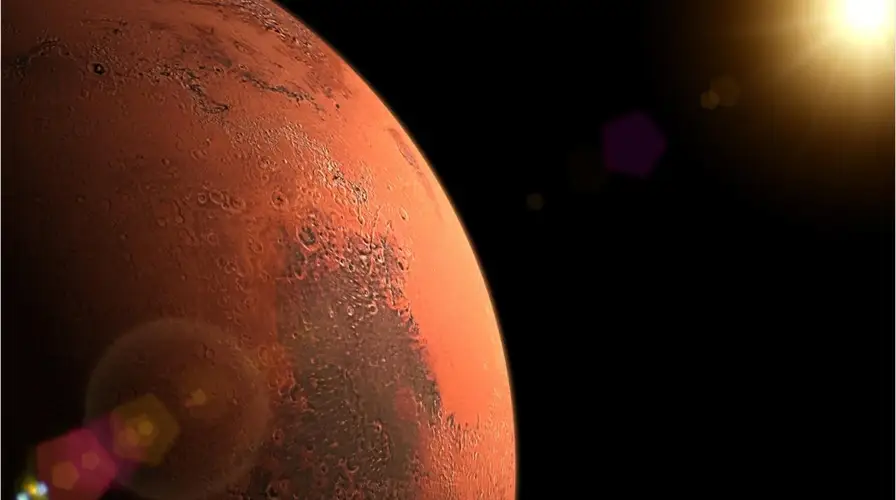Scientists using NASA’s Curiosity rover have uncovered surprising evidence suggesting ancient Mars may have boasted conditions eerily similar to our own planet.
The key discovery came from the analysis of lakebed rocks within Gale Crater using the rover’s ChemCam instrument. This crater, estimated to be 3.5 to 3.8 billion years old, likely held a massive lake in the distant past. Researchers found high levels of manganese, a chemical element commonly found in shallow waters on Earth, particularly near lake shores.
The ChemCam instrument, developed by a collaboration between Los Alamos National Laboratory and the French space agency CNES, utilizes a laser to generate plasma on rock samples. This allows scientists to analyze the elemental makeup of the rock.
“The Gale lakebed environment, as revealed by these ancient rocks, offers a glimpse into a surprisingly Earth-like habitat,” said Nina Lanza, principal investigator for ChemCam. “Finding such recognizable features on Mars is truly remarkable.”
The presence of manganese strongly suggests the element formed in an environment similar to a river delta or near an ancient shoreline, according to the study’s authors. This finding adds to the growing body of evidence that Mars may have once been capable of supporting life.
“The formation of manganese oxide on the Martian surface is a challenging process,” explained Patrick Gasda of Los Alamos and lead author of the study. “We weren’t expecting to find such high concentrations in a shoreline deposit.”
Gasda elaborated, “On Earth, these types of manganese deposits are commonplace due to the presence of atmospheric oxygen produced by photosynthetic life and microbes that further accelerate the oxidation process. The Martian environment presents a puzzle – we lack evidence of life and the mechanism for generating oxygen in the ancient atmosphere remains unclear. How this manganese oxide formed and became concentrated remains a mystery. These findings point to larger processes at play within the Martian atmosphere or surface water, highlighting the need for further research into Martian oxidation processes.”
The discovery of Earth-like conditions on ancient Mars paints a fascinating picture of our planetary neighbor’s past. While the presence of life remains unconfirmed, the existence of suitable conditions opens exciting possibilities for future exploration.















































